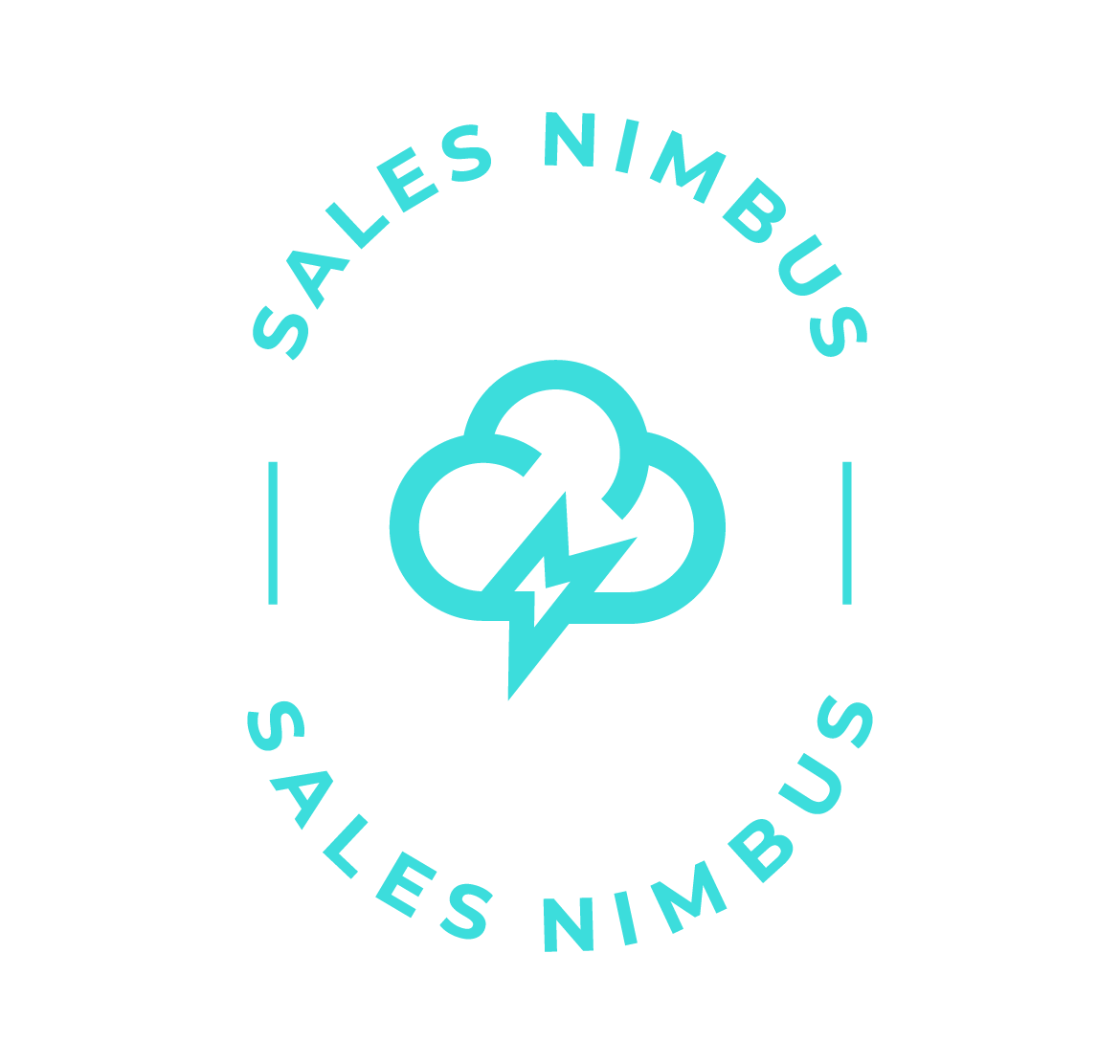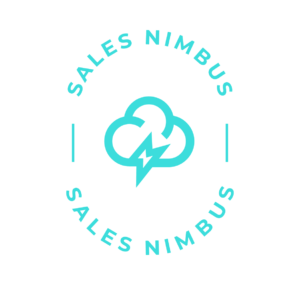Discover the latest strategies and insights to help your business navigate the complex world of CRM solution architecture and email marketing.
Introduction:
In today’s hyper-competitive market, businesses must adapt quickly to changing consumer behavior and expectations. One of the most critical aspects of modern business success lies in effectively managing customer relationships through CRM (Customer Relationship Management) systems and utilizing email marketing to engage and retain customers. This article will explore the best practices in CRM solution architecture and email marketing to help businesses maximize their customer engagement and drive growth.
- CRM Solution Architect: Laying the Foundation for Success
- Understanding business requirements: Work closely with stakeholders to identify the organization’s specific needs and objectives. This understanding will guide the design and implementation of the CRM system.
- Choosing the right CRM platform: Research and evaluate different CRM platforms based on the organization’s needs, budget, and scalability requirements. Popular options include Salesforce, Microsoft Dynamics 365, HubSpot, and Zoho CRM.
- Integration with existing systems: Ensure seamless integration of the CRM system with existing tools and software, such as marketing automation platforms, analytics tools, and enterprise resource planning (ERP) systems.
- Data management: Establish a data management strategy that addresses data migration, data quality, and data security. This will help maintain the integrity and accuracy of customer information within the CRM system.
- Customization and scalability: Design a CRM solution that can be customized to meet the organization’s unique needs and can scale with business growth.
- Training and support: Provide thorough training and ongoing support to users, ensuring that they can effectively leverage the CRM system to achieve business goals.
- Email Marketing: Maximizing Customer Engagement
- Segmentation and personalization: Segment your email list based on factors such as demographics, purchase history, and engagement. Use this information to send targeted, personalized content that resonates with each subscriber.
- Mobile optimization: Design responsive email templates that render well on various devices, including smartphones and tablets, to ensure a positive user experience.
- Engaging subject lines: Craft compelling subject lines that encourage recipients to open your emails. A/B test different subject lines to determine which perform best.
- Valuable content: Offer your subscribers valuable, relevant, and informative content that addresses their needs and interests. Focus on providing solutions to their problems rather than pushing sales.
- Consistent branding: Maintain a consistent brand identity across all email marketing materials, including logo, color scheme, and tone of voice.
- Email automation: Leverage marketing automation tools to send triggered emails based on user behavior, such as abandoned cart reminders, welcome emails, and post-purchase follow-ups.
- Analyze and optimize: Monitor email marketing performance using key metrics, such as open rates, click-through rates, and conversion rates. Use this data to continually optimize your campaigns and improve results.
Conclusion:
As the digital landscape continues to evolve, businesses must adapt to stay ahead of the competition. By implementing best practices in CRM solution architecture and email marketing, organizations can effectively manage customer relationships, drive engagement, and ultimately achieve greater success. By following the strategies outlined in this article, businesses can create a strong foundation for growth and long-term customer loyalty.


